
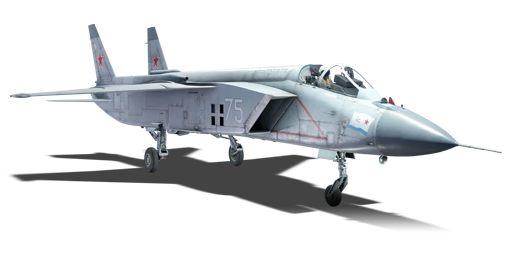


The Yakolev Yak-141 (also known as the "Yak-41", NATO codename "Freestyle") was a prototype Soviet VTOL supersonic fighter designed as a successor to the Yak-38. While the subsonic "Forger" with limited payload and poor handling was more of a proof of concept than a serious combat aircraft for its time, the heavily evolved Yak-141 was a far more capable one. It was a much larger aircraft with refined aerodynamics and a monstrously powerful Tumansky R-79 turbofan primary engine. With modern avionics and long-range missiles at its disposal, the Yak-141 was poised to be a world-leading supersonic VTOL fighter and a strong asset for the Soviet Navy — however, the collapse and political issues of the USSR prevented the Yak-141 from entering serial production and operational service in real combat situations and operations.
Introduced in Update "Sky Guardians", this plane is a fearsome predator despite its slightly awkward appearance. It is in fact a full-featured 4th generation fighter on the same technological level as the MiG-29, its counterpart in the VVS. It does not have the Mach 2+ top speed of contemporary fighters, but its agility is surprisingly good and its acceleration is phenomenal. Carrying R-27ERs and boasting a radar range of 70 km, the Yak-141 is a terrifying opponent with fantastic avionics and sensors able to sling the best missiles of its BR at all ranges.
flaps
flaps
flaps
brake
| Belt | Belt filling | Armor penetration (mm) at a distance: | |||||
|---|---|---|---|---|---|---|---|
| 10 m | 100 m | 500 m | 1000 m | 1500 m | 2000 m | ||
| AP-T/HEF-I | 55 | 53 | 45 | 37 | 31 | 25 | |
| AP-T/HEF-I/APHE/HEF-I | 55 | 53 | 45 | 37 | 31 | 25 | |
| AP-T/APHE | 55 | 53 | 45 | 37 | 31 | 25 | |
| AP-T/HEF-I/HEF-I | 55 | 53 | 45 | 37 | 31 | 25 | |
| APHE/HEF-I/HEF-I | 42 | 40 | 34 | 28 | 23 | 19 | |
| Name | Weight | Slot | ||||
|---|---|---|---|---|---|---|
| 44 kg | 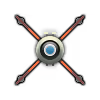 |  |  |  | ||
| 253 kg | 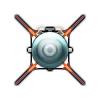 |  |  |  | ||
| 245.5 kg | 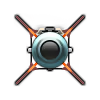 |  |  |  | ||
| 32 × | 225.5 kg | 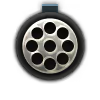 |  |  |  | |
| 20 × | 376 kg | 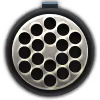 |  |  |  | |
| 5 × | 505 kg | 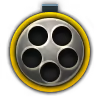 |  |  |  | |
| 235 kg | 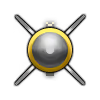 |  |  |  | ||
| 4 × | 456 kg | 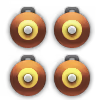 |  |  |  | |
| 227 kg |  |  |  |  | ||
| 508.3 kg |  |  |  |  | ||
| 275 kg | 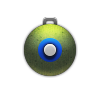 |  |  |  | ||
| 515 kg | 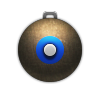 |  |  |  | ||
| 374 kg | 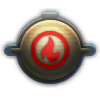 |  |  |  | ||
| 94.3 kg | 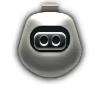 |  |  |  | ||
| 350 kg |  |  | ||||
| 343 kg |  |  | ||||












Flight performance | |
|---|---|
Survivability |
|---|
Weaponry | |||
|---|---|---|---|
